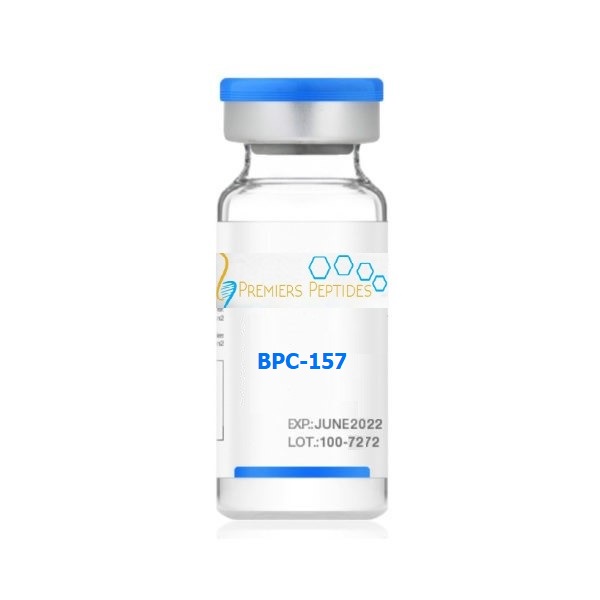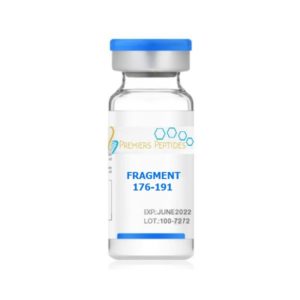Description
Buy BPC-157 Online
Body Protection Compound-157 is a pentadecapeptide made up of 15 amino acids. The amino acids sequence in BPC-157 Online is similar to a portion of the human BPC-157 amino acid sequence. Human BPC-157 is found in the gastric juice. Experiments have shown that BPC-157 enhances the healing of wounds, including tendons wounds such as transected Achilles tendons of rats. The aim of this study was to investigate the probable mechanism that BPC-157 utilizes to accelerate the healing process in an injured tendon. Buy BPC-157 Online
The study used two group of tendon explants of which one group was cultured in a BPC-157 containing medium while the other group was cultured in a medium lacking BPC-157. These cultures were thereafter examined for tendon fibroblasts outgrowths. Such outgrowths indicated tendon regeneration.The results revealed that the explants’ outgrowth was significantly accelerated in the culture containing BPC-157 as compared to the culture lacking BPC-157. Also, a MTT assay did show that BPC-157 does not directly affect cellular proliferation in a culture of rat-derived Achilles tendon.
However, results also showed that BPC-157 significantly increased the survival of cells under oxidative stress. Furthermore, the Transwell filter migration assay showed that BPC-157 significantly increased in-vitro fibroblast migration in a dose-dependent fashion. Moreover, BPC-157 accelerated the dispersal of the fibroblasts in culture dishes in a dose-dependent manner.
Additionally, FITC-phalloidin staining was able to demonstrate that BPC-157 induces F-actin formation in fibroblasts. Likewise, Western blot analysis was able to detect the production and activation of paxillin and FAK proteins. The western blot analysis also showed that BPC-157 increases the extent of phosphorylation of paxillin and FAK proteins without affecting the amounts produced.
Thus, it can be concluded that BPC-157 enhances the ex-vivo growth and in-vitro cellular migration of fibroblasts derived from rat tendon explants. Moreover, BPC-157 also increases the probability of a cell surviving under oxidative stress. These actions of BPC-157 are probably mediated by the activation (through phosphorylation) of the proteinic FAK-paxillin pathway.





